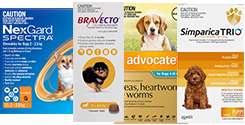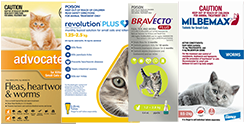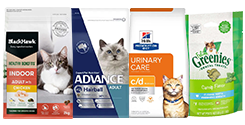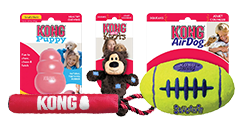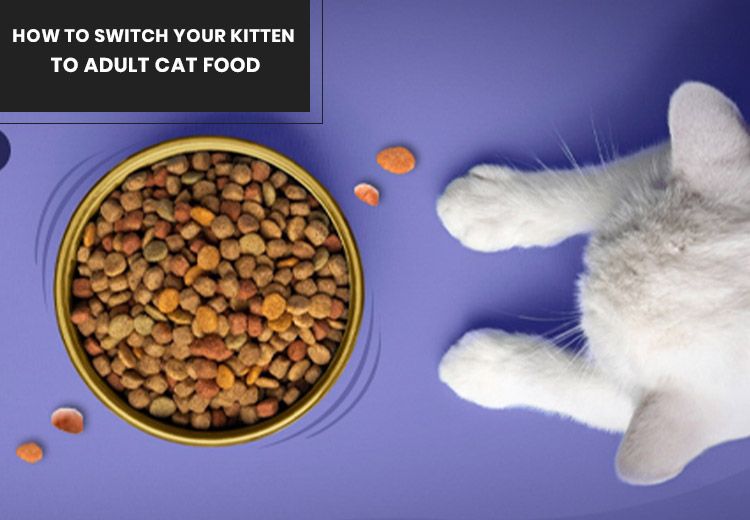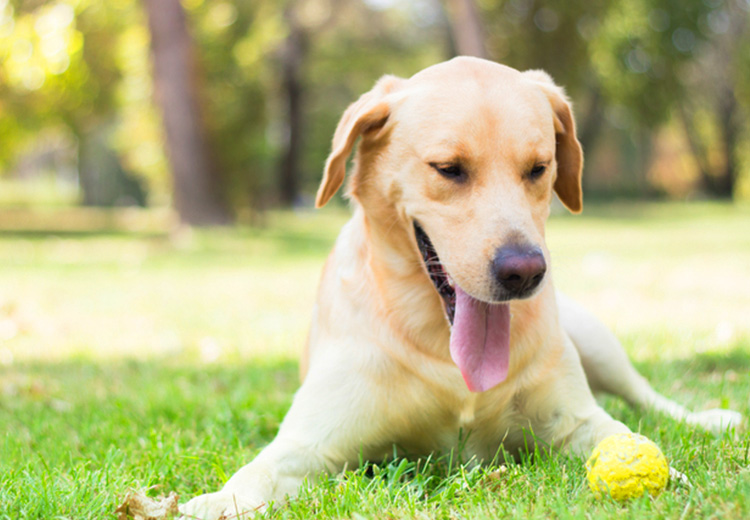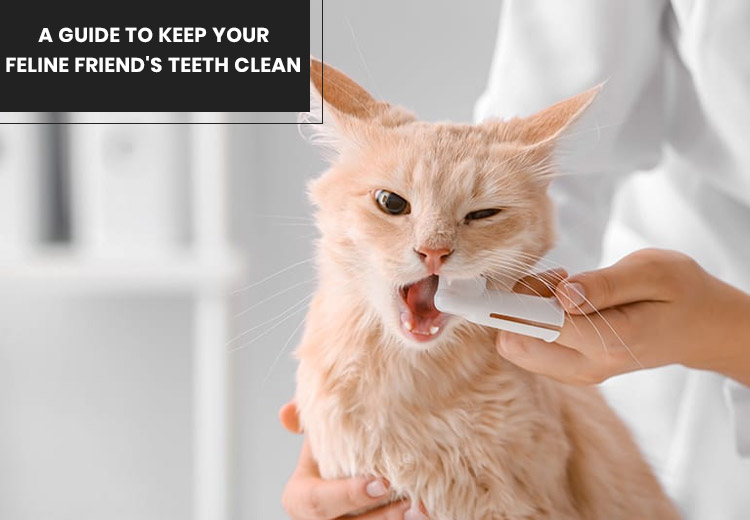Raising a kitten means you'd be dealing with a bundle of responsibilities. Responsibilities to take care of them in every way and ensure their health and wellness. Food plays a major role in a kitten's growth. What you feed your feline child will have a direct impact on their growth. And once they're fully grown, it is necessary to change their diets to meet the nutritional needs of adulthood.
Changing your feline's diet from kitten to adult food should be seamless and easy. This blog explains to you how to make this transition. Read through to learn more about how to make this changeover.
UNDERSTANDING Kitten & Adult Cat Food
Kittens are playful and energetic. They need a diet that fulfills their energy requirements. Therefore, their meals should contain all the essential nutrients their growing bodies need. Their diets should contribute to their growth and development.
Kittens grow at a rapid rate and reach adulthood around 12 months of age, except for the large cat breeds such as Maine Coon which reach maturity at about 18 months to 24 months of age. Once the kitten has grown to become a mature cat, the feline's dietary needs change. They no longer need protein-rich, high caloric meals.
KITTEN Vs Adult Cat Food
Kittens require nutrients in different proportions than mature cats. Their diets are formulated keeping the nutritional needs as per their life stage. Take a look at the table below that showcases of what all nutrients an ideal kitten and adult cat food should contain:
| Kitten Food |
Adult Cat Food |
- High in protein ( about 35 to 50%)
- More calories
- Rich in essential fatty acids (about 18 to 35%)
- Higher vitamin and mineral content
- More amino acids including arginine, methionine
- Increased calcium and phosphorus
- Higher Docosahexaenoic acid (DHA) content
- E.g. Royal Canin Kitten Food - a complete and balanced food, for up to 12-month-old kittens
|
- Lower protein content (about 30 to 35%)
- Controlled calories
- Reduced fat content (about 20 to 25%)
- Adequate vitamin and mineral content
- Lower amino acid levels
- Moderate Ca:P ratio
- Controlled DHA
- E.g. Royal Canin Regular Fit Cat Food - a wholesome dry cat food, for adult cats over 1 year of age
|
TRANSITIONING from Kitten to Adult Cat Food
Your kitten should not be switched to adult cat food overnight. The transition from kitten food to adult cat food should happen gradually, over a 7 to 10-day period. This will help the cat adjust to the new diet and prevent any digestive problems.
- Day 1 & Day 2 : Give 3/4 bowl of regular kitten food and 1/4 bowl of new adult cat food.
- Day 3 & Day 4 : Give 1/2 bowl of kitten food and the rest 1/2 bowl of adult cat food.
- Day 5 to Day 7 : Give 1/4 bowl of kitten food and 3/4 bowl of adult cat food.
- Day 8 to Day 10 : Only give adult cat food.
IF Cat Says, No
At any time, if your cat resists new food or shows symptoms of digestive problems, you can slow the changeover process and let the feline take more time to cope with the transition.
You can go back to the kitten food if the feline refrains from the adult food in the beginning and restart the switching-over process with a prolonged duration for the transition. You can also switch to wet food or give dry and wet food on alternate days to add variety to the cat's palate.
CHANGE It Slow
Young cats should be fed nutrient-dense food and should be served with designated kitten food until they're fully grown. Their transition to adult food should happen gradually as mentioned in this article. Introducing adult food to your feline this way will contribute to their health and wellness and will support their optimal growth.



































